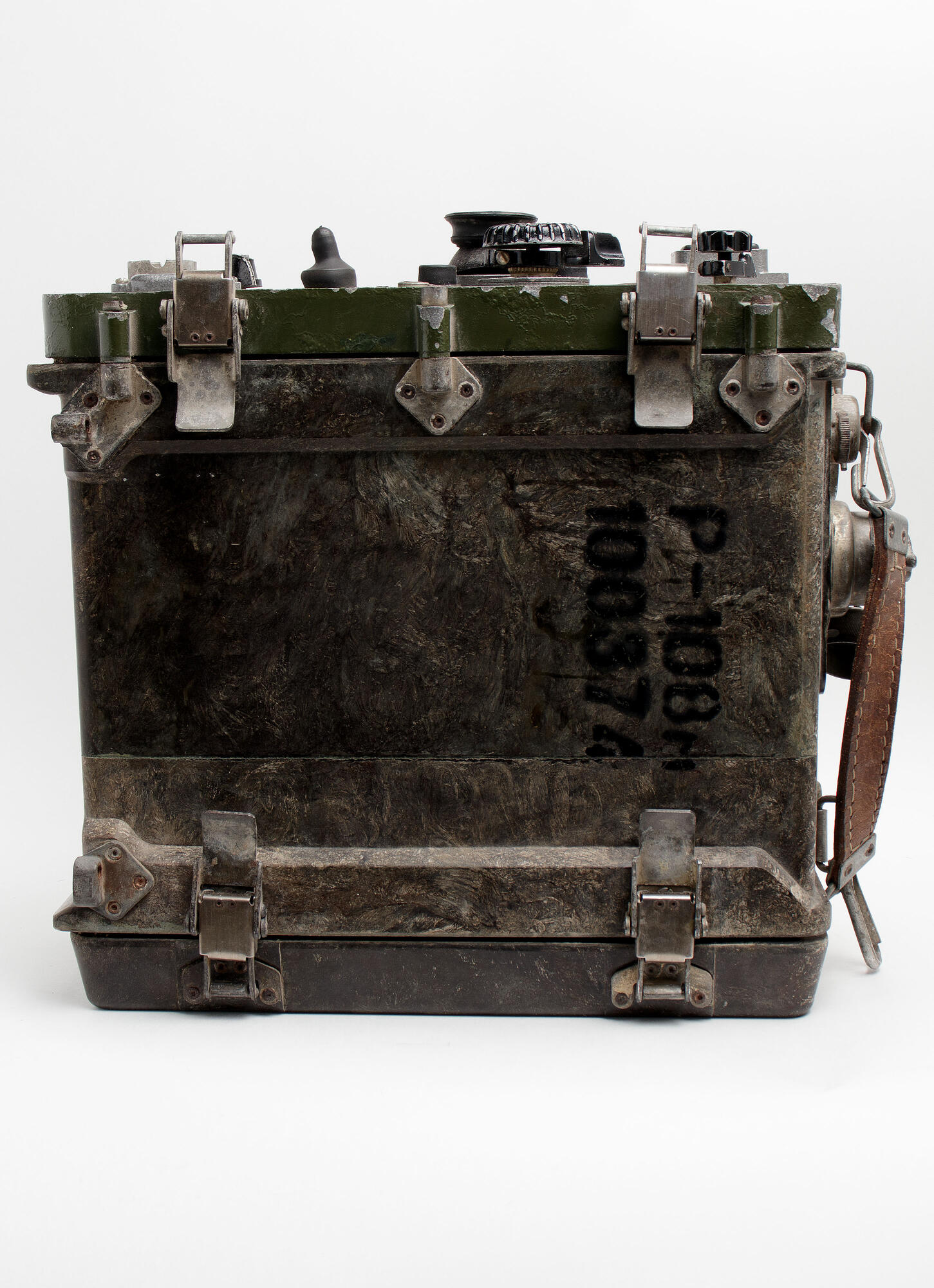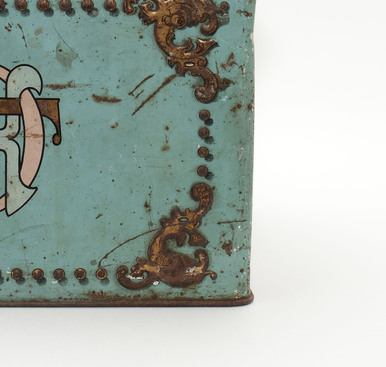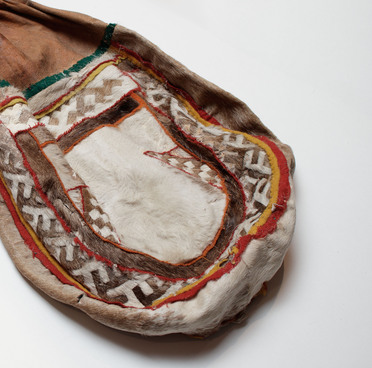The portable ultrashort-wave backpack-mounted P-108 M radio was a means of communication for the Soviet forces on the ground, on water and in the air. It operated on ultrashort waves in the frequency range of 28.0–36.5 megahertz and could withstand temperatures from -40 to +50 degrees Celsius. Today these models can be found in the collections of radio enthusiasts.
Portable radios are single units consisting of a transceiver and a power source. All the main components are housed in the front panel. The lid features a detailed instruction on how to use the device. With the help of this device radio communication can be established on the move and at camp, the receiver can also be attached to various moving objects.
The model P-108 M or “Parus-2” is a Soviet military unit that replaced the radios of the Astra series. Serial production of the P-108 M began in 1957 during the rise of scientific developments after the Great Patriotic War. Captured technologies like light alloy materials, high-quality radio ceramics, and new dielectrics were also used.
The P-108 M model was the first generation of this device. It was lighter and had better technical characteristics than its predecessors. These devices were in service with the Soviet Red Army, as well as the National People’s Army of the GDR and the Polish People’s Army. In total, more than 15 models of portable radios were produced after the war.
The P-108 M radio provided reliable two-way communication, serving as both a transmitting and receiving device. It was capable of establishing a radio signal in the VHF band from a wooded area, at any time of the day and at any time of year. The VHF spectrum provided a much lower level of interference, since the waves of the meter range diverge along the earth’s surface.
The “Parus-2” was powered by rechargeable batteries. The device was compatible with antennas of different lengths and configurations: flexible, combined, onboard, beam and other antennas. The radio had a coverage area of up to 25 kilometers, which could be increased with an additional power source. The VHF band is still used for radio communications, and its frequency range is expanding as we speak.






